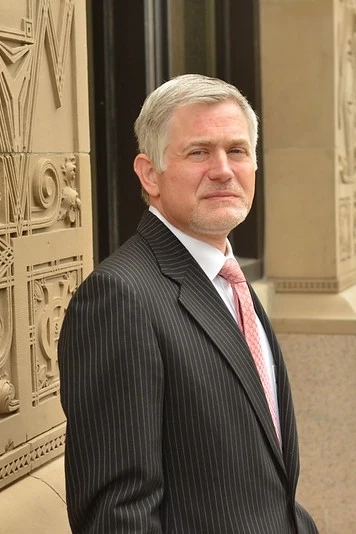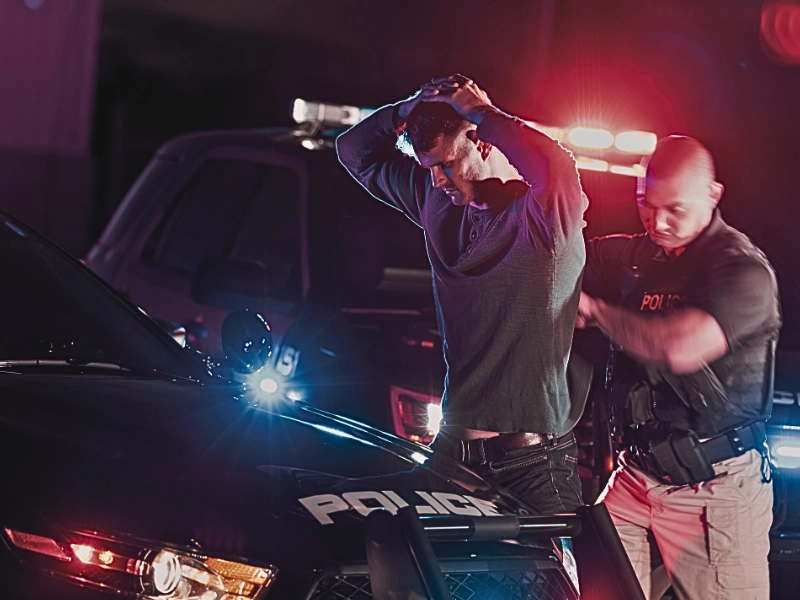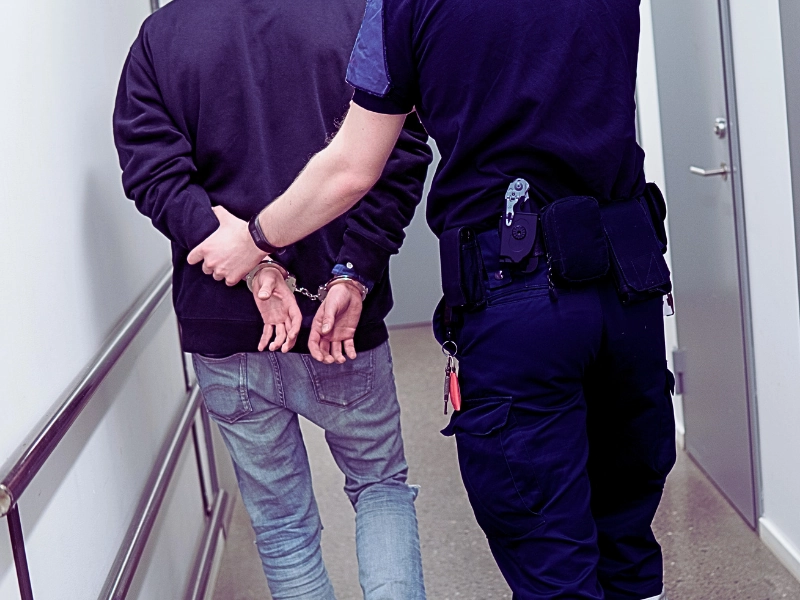A recent Minnesota criminal case opens up an opportunity for us to discuss drunk driving laws throughout Hennepin County and the rest of the state. Specifically, we’d like to explain what it takes to turn a DWI charge into felony status.
To many, it seems like a given that one Minnesota man would have been charged and convicted of felony DWI after being arrested for a 20th drunk driving incident. But he wasn’t. In the end, he only pleaded guilty to one misdemeanor charge. Why?
Minnesota law classifies the following as felony DWI cases:
- Someone gets a new DWI after having already been convicted of at least three other DWI charges within the past 10 years;
- Someone gets a new DWI after previously having been convicted felony of Criminal Vehicular Operation (CVO), that is causing an accident and serious injury to another person as a result of driving drunk or driving while impaired by drugs, either street drugs or prescription drugs;
- Someone gets a new DWI after previously having been convicted of a felony DWI, even if that felony DWI was more than 10 years ago.
In the case of the 57-year-old St. Paul Park man who now has 20 DWIs on his record, the majority of those convictions occurred more than a decade ago. Only two of the cases have taken place in the relevant time period, securing him a lesser gross misdemeanor DWI conviction.
Someone who is convicted of felony drunk driving in Minnesota would serve as much as seven years in prison. For pleading guilty to the gross misdemeanor charge in this case, the defendant was sentenced to a year in jail, more than 300 days of which he has already served. That’s quite a difference compared to seven years.
Some critics who have followed this Minnesota case believe the case proves how the state should reevaluate its DWI laws. Whether such an evaluation is seriously being considered has not been disclosed.
Source
Star Tribune: “Driver gets year in jail after 20th DWI arrest,” Jim Anderson, 5 May 2011






